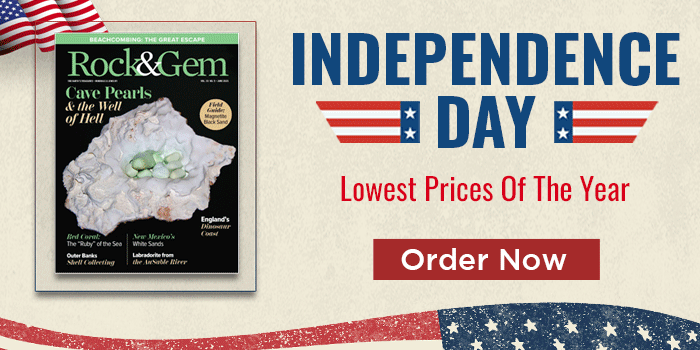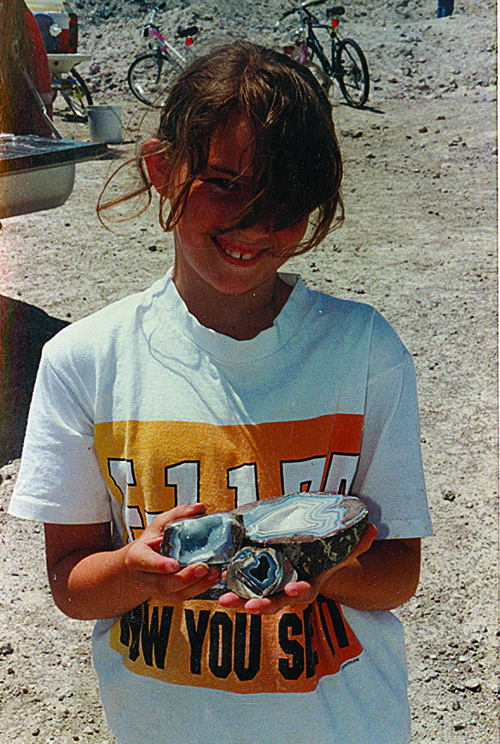
By Bob Jones
Every mineral collector has a story about their introduction to collecting. Once they started collecting, they often followed a predictable pattern. Beginning collectors know almost nothing about these flowers of Nature but quickly get more involved and devoted to the hobby because humans are curious! They subscribe to a magazine like Rock & Gem, join a local club, begin attending shows, go on club field trips, and spend more time with others who enjoy minerals. And this all starts when someone introduced a person to minerals through a gift, a museum, show or home visit, or other means.
As time and observation prove, collectors eventually specialize. They may really like a particular type of mineral or like what is found at a locality or area. Most collectors specialize in some way simply because of the money involved. I knew of one collector who specialized in calcite, a relatively inexpensive and readily available mineral. He finally reached the point where he had thousands of calcite specimens from every conceivable source, including faceted calcite gems. Specializing in some way is inevitable.
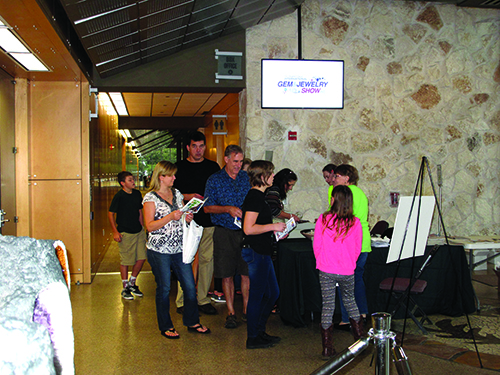
On any mineral collecting journey, you meet many who become friends with a common interest. Along the way, you also meet some really odd characters! I can recall going to collect at an old gold mine north of Phoenix with Jeff Kurtzeman, a photographer. We worked on an article for Arizona Highways magazine and ran into an old guy living in the old gold camp north of Phoenix. He showed us bits of gold he had collected. He demonstrated his homemade gold scale made out of a couple of beer bottles and some wire. But the highlight of the day was when he regaled us with stories of the UFOs that landed nearby and the weird conversations he had had with its occupants. We didn’t find any gold, but that character made our day!
Along with characters you meet, collectors develop lifelong friendships and enjoy other collectors’ and dealers’ fellowship—no wonder this hobby is so special. There are as many reasons why someone gets interested in minerals as there are collectors. I am impressed by the number of collectors who became interested in minerals because some parent, aunt, or uncle returning from travels brought a small gift of a box of minerals for a young family member. My first collecting partner in Connecticut, Steve Nanchy, developed his interest in minerals when his aunt returned from a trip and gave him a small box of a dozen labeled minerals. In about 1947, Steve and I partnered to collect and joined the New Haven Mineral Club, which met at Yale’s Peabody Museum. Ten years later, when I began to do field research for my Master’s Thesis, Steve was often my companion on working visits to over 70 Connecticut locations.
A well-known mineralogist, Arthur Montgomery, about whom I’ve written, learned about minerals though living in New York City. A relative returning from Russia brought him a small box of minerals. Arthur was so intrigued he took his little box of minerals to the New York Museum of Natural History. Little did he realize that would be the start of his career teaching mineralogy as a college professor and owner of a pegmatite mineral mine producing rare elements. Arthur and his collecting partner, Ed, made several discoveries of collector minerals during their lifetimes, including topaz, variscite, and rare pegmatite minerals.
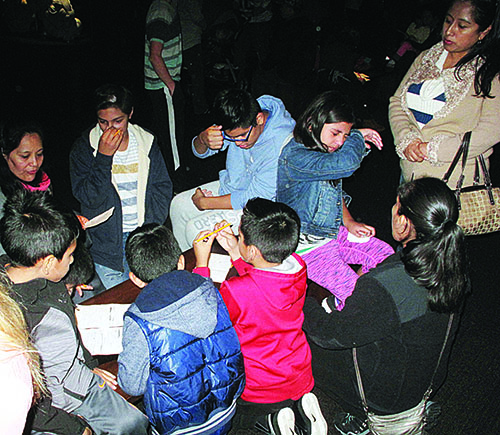
FOCUS ON FIELD TRIPS
As a school science teacher, I organized a group of a dozen students that would meet on a Saturday and go on local field trips, including interested parents. Some of them continued in the hobby in later life. One student managed a red beryl gem crystal quarry in Utah and later discovered a fossil, which was named for him! Another student became a lifelong collector, and his father discovered lapidary as a hobby. You can make a difference with little effort.
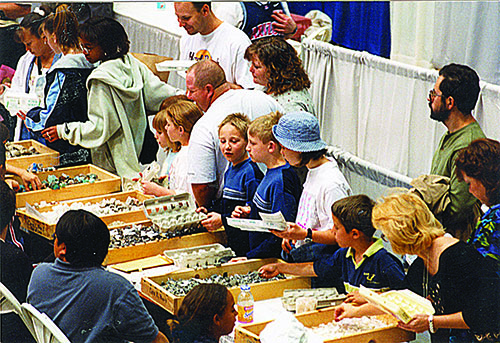
If you need an idea for a child’s gift, pick up a small set of labeled minerals for a nephew, niece, or other family members. Better yet, show off your collection, or take the child to a rock shop or mineral show, which will expose the youngster to the mysteries, the natural beauty, the color and glory of minerals. Local clubs have student programs and may give minerals to kids. Dealers often hand a child a nice crystal. The Tucson Gem and Mineral Society set aside this famous show’s Friday morning and hosts some 3,000-4000 school-aged children for a morning. Students from the nearby University of Arizona hand out egg carton mineral collections to youngsters. Does this pay off? Downtown Tucson now boasts a great new gem and mineral museum with very strong public support. When you introduce a child to minerals, you may be giving someone the key to a mineralogy future, making a budding mineral collector or at least a mineral museum supporter.
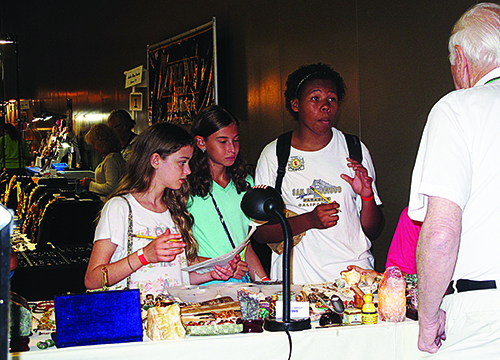
BE MINDFUL OF MUSEUMS
Another way you can help grow the hobby is through museum support. Many readers already know of my strong connection to Yale’s Peabody Museum of Natural History. At age 10, I did not even know minerals existed, but my fifth grade teacher organized a school field trip to Peabody Museum to check out the dinosaurs. There, I saw minerals for the first time, and I never looked back. No wonder I am a strong supporter of museums. There is no way to estimate the effect of a child’s visit to a museum! Even the smaller public museums have some minerals on display.
One key to a successful, well-visited museum is the curator. A vital, proactive curator can keep a museum alive and interesting, active and ever-changing. Too often, a curator may use such a position as a quiet place to await retirement. Many mineral museums in the past did little or nothing to entice people to participate. Displayed in a vast, poorly lighted hall in cases seldom dusted, they only offered row upon row of display cases with minerals arranged in neat rows. When I view such displays in a museum, I can’t help but feel the minerals are just sitting there waiting to die. Such displays have no vitality, are weak in education efforts, do nothing to interact with visitors, and often remain the same year after boring year.
Thank goodness this “mausoleum” approach is changing. A new breed of proactive and progressive curators, museum directors, and board members, not to mention an educated public, realize a museum is a vital part of a community. It also must offer attractive, interesting, and educational exhibits that are appealing and interactive, which gains the public’s support. For folks who live in the Northeast, you should visit the New York Museum of Natural History. With a recent facelift, the gem and mineral exhibits are far more attractive, new, better than when I first visited this great museum about 75 years ago.
Yale Peabody Museum also has certainly changed since I was first there in the 1930s. The relatively recent construction of the David Friend Exhibit Hall, now joined by a museum-wide upgrade, makes Peabody a place you should visit.
One of the most exciting new museums, in my opinion, is the Perot Museum of Nature and Science in downtown Dallas. The minerals, which are stunningly beautiful and frequently changed, are displayed with the latest technical information at your fingertips. Each mineral display is an education in itself. The surroundings are like a five-star hotel lobby, and you come away knowing you’ve learned something.
Of course, my favorite museum is the new Alfie Norville University of Arizona Gem and Mineral Museum, which opened in downtown Tucson. It goes far beyond the old days of putting minerals in a glass case and ignoring them. It tells the fascinating story of the earth and how it formed over four billion years, arriving where we are today. The Museum, through attractive displays, interactive components, and a wealth of superb minerals, tells the earth’s story through its elements, minerals, and gems.
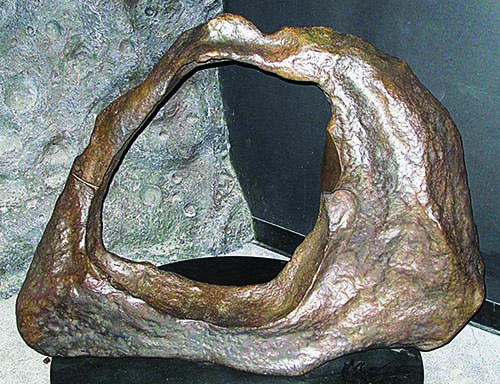
The Museum takes you through three related galleries beginning with the universe and the original 60 natural elements that led to the earth’s formation. This gallery features meteorites and their story in the earth’s beginnings. One of the highlights of this gallery is the famous Ring meteorite, a well-named looping nickel-iron meteorite found in the nearby mountains over a century ago. It was used as a blacksmith’s anvil until rescued and displayed in a museum.
In a nod to Arizona’s lay to claim as the “Copper State,” there are displays illustrating the past’s famous copper mines. Along with this natural-looking replica are many displays of Arizona’s world-famous suites of minerals, including wulfenite, colorful copper minerals and a large suite of beautiful and rare copper lead minerals. Plan on devoting hours to this gallery as you will enjoy studying these minerals while admiring the high quality of what’s on display. To keep this gallery alive, visitors can do simple mineral tests, and local collectors have some of their best minerals on display on a rotating schedule with their own very best, so exhibits will be refreshed from time to time, a far cry from the morgue-like museum displays of the old days.
The new breed of mineral museums in New York, Dallas, Tucson, and elsewhere has taken the old concept of a mineral museum “mausoleum” and transformed it into a vital, up-to-date interactive facility. These destinations encourage visitors to be involved while offering a smooth-flowing learning experience of our earth and its vital and important minerals.
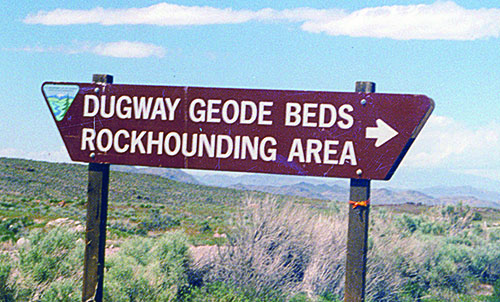
Author: Bob Jones
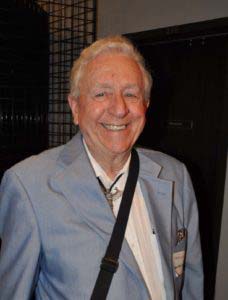 Holds the Carnegie Mineralogical Award, is a member of the Rockhound Hall of Fame, and has been writing for Rock & Gem since its inception. He lectures about minerals, and has written several books and video scripts.
Holds the Carnegie Mineralogical Award, is a member of the Rockhound Hall of Fame, and has been writing for Rock & Gem since its inception. He lectures about minerals, and has written several books and video scripts.
If you enjoyed what you’ve read here we invite you to consider signing up for the FREE Rock & Gem weekly newsletter. Learn more>>>
In addition, we invite you to consider subscribing to Rock & Gem magazine. The cost for a one-year U.S. subscription (12 issues) is $29.95. Learn more >>>















